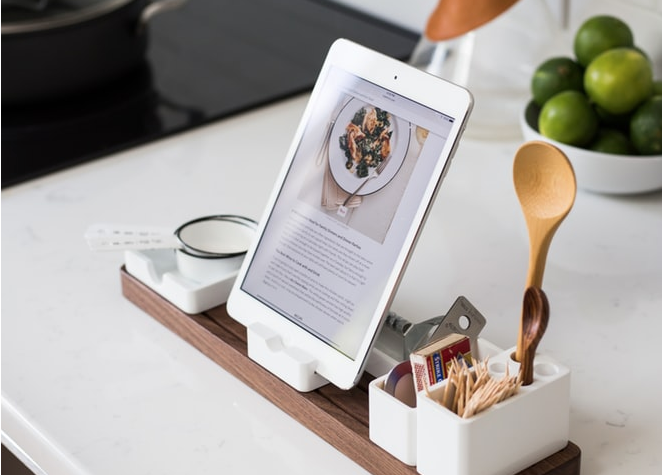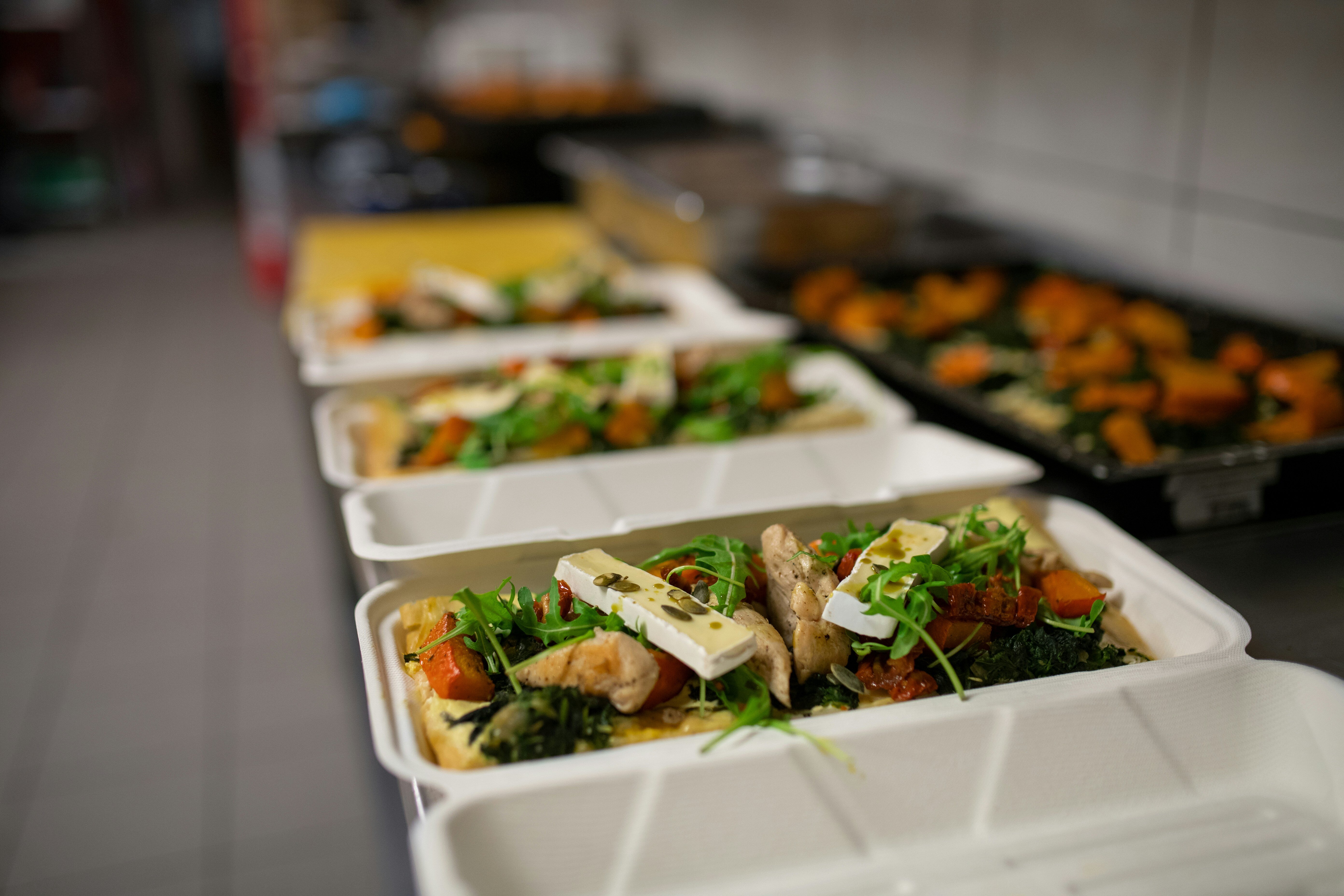From Dull to Dynamic: Positioning Smart Kitchens for Growth

The Challenge
The challenge was to help our client, a global technology, consumer electronics, appliances major, effectively communicate the value proposition of smart kitchens, a category that was facing low awareness and traction among specialist retailers. We were tasked with provide a thorough understanding of consumer behaviours and attitudes towards smart kitchen technology, as well use this as a foundation for assessing the potential of different brand propositions.
Our Approach
To achieve this, we adopted a comprehensive research approach that combined focus groups with consumers who exhibited different kitchen-related behaviours and attitudes, ethnographic observations to understand daily behaviours in the kitchen, and in-depth interviews with kitchen retail professionals to identify the barriers they faced when promoting smart kitchen products.
The Outcome
Our research provided our client with a rich and detailed understanding of the smart kitchen market, which was used as the foundation of a successful communication campaign. Additionally, the insights gained from the research enabled our client to launch a range of new devices for the smart kitchen market, driving growth and increasing market share.
To learn more about the role market research can play in supporting domestic appliance manufacturers and retailers check out our article ‘applications of market research to test and launch domestic appliances’
Related case studies
.jpg)
Reigniting Market Growth: Strategic Research Study for a Global Appliances Brand

Optimising a Telco Brand’s B2B Communications for Vertical Markets
